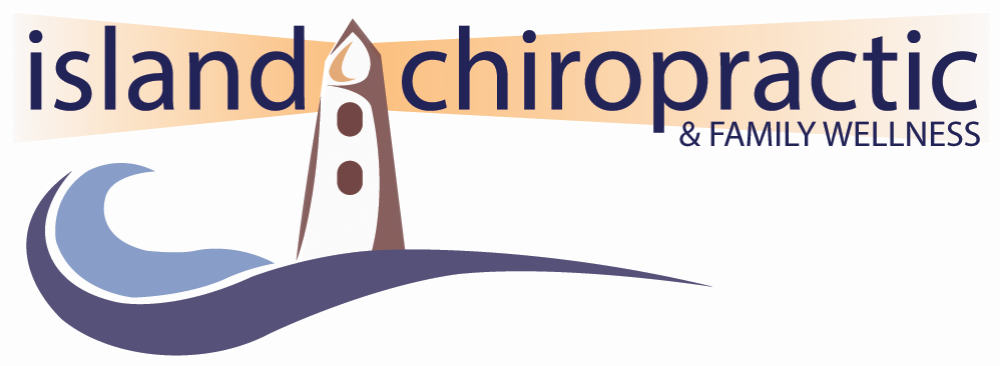Your feet did not evolve with shoes and socks on. Humans are meant to move through their day barefoot. Although that is not the mainstream message. The human foot has 26 bones, 33 joints, and more than a hundred muscles, tendons, and ligaments.
We are told to wear shoes. You need support for our arches and ankles, and cushion for comfort. But the arch doesn’t need support - the arch is support. Most of us were born with healthy feet. It’s years of wearing unnaturally shaped footwear that changes this. Kids are put in shoes from the moment they can stand or even before. Shoes and orthotics with excessive support prevent feet from moving, and interacting with the environment the way they are meant to do.
Feet are highly proprioceptive, relaying information to the brain regarding joint position and movement. Sensation is dampened with shoes and socks.
What do I do (and encourage my kids to do) to improve balance and proprioception, foot strength and mobility?
I go barefoot when possible. Going barefoot helps to develop and strengthen feet. No shoes or socks in the house. If it can be done safely I go barefoot outside too. Outside we have the additional benefit of a variety of terrain and grounding. I do a majority of my exercise barefoot and always go barefoot at the beach.
Like sitting in a chair restricts ankles, knee, and hip movement to 90 degrees - shoes limit foot movement. Movement is required for healthy joints and connective tissue. Using your feet to pick things up Is a way to perform novel movement with your feet.
If I must wear shoes I like sandals I can easily kick off or “barefoot” or “minimal” naturally shaped shoes. It doesn’t have to be a specific barefoot shoe - but something with a flat sole (no raised heal, toe spring, or excessive support), and wide in the toe box so you forfeit can spread instead of your toes being jammed together.
If you have “bad” feet you should ease into some of the activities as the connective tissue takes time to adapt.
It is important to note that following these guidelines is best when prescribed by your chiropractor or physician. If you have underlying medical conditions, please consult with your healthcare provider before starting any new regimes. None of the information provided on this website should be substituted for medical evaluation, diagnosis, or treatment from a licensed healthcare practitioner. This information is simply for interest and comfort.
Check out our post on ways to avoid stress eating by clicking here


